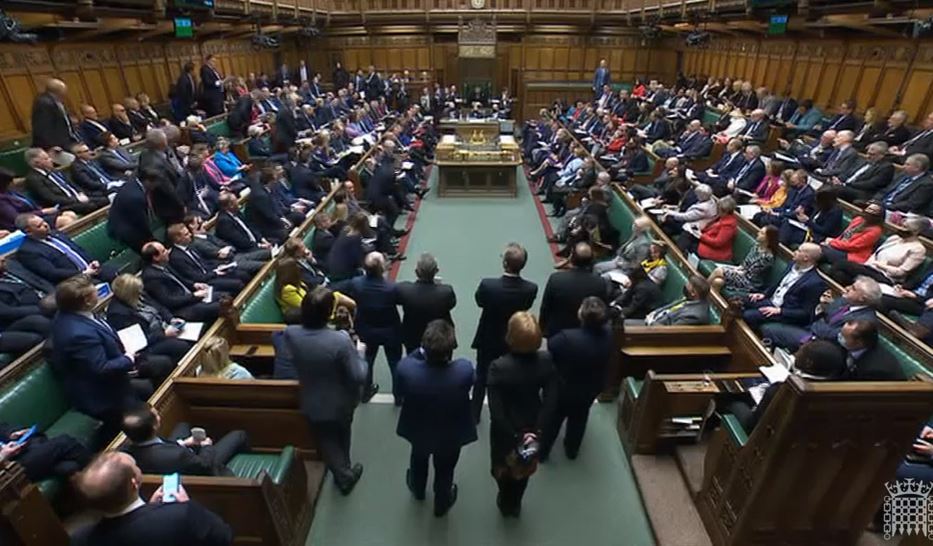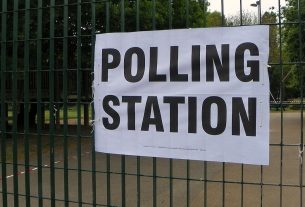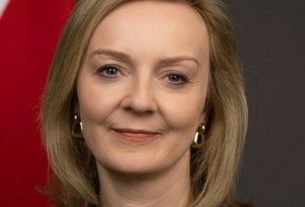On the same day that energy bills are hiked 54% and council tax and national insurance contributions rise, MPs have been given a £2,212 pay rise.
It takes their basic pay to £84,144, which doesn’t include expenses. MPs can get £23,290 per year to help pay their rent. They can also get £190,750 for staffing costs, over £30,000 for office costs and some £5,500 under the ‘London Area Living Payment” scheme.
And though their pay was frozen last year, they did get a £10,000 grant at the start of the pandemic to spend on “tech” for their remote working. £10,000 buys a lot of “tech”.
Another MP work-perk is the subsidised food and drink, paid for by taxpayers, in the many bars and restaurants on the Westminster Palace estate. Evidence of widespread cocaine use – including in toilets near to ministers’ offices – has been reported. Speaker Sir Lyndsay Hoyle has even considered calling in police sniffer dogs.
MPs also get a handsome pension.
Many MPs also have very highly paid second jobs. And some have third and fourth and even more jobs as directors and advisors of all sorts of blue-chip companies, august bodies and nobel boards. They are very generously compensated – often at several thousand pounds per hour – proving how valuable an MPs time clearly is.
Why such companies need to pay an MP a few thousand for a few hours work every once in a while is open to speculation. The perception is, however, highly damaging for the UK’s sham democracy.
The argument goes that MPs have to be paid enough to be able to do their job effectively. Part of which necessitates no money-worries. An MP with financial problems is more open to bribery, blackmail and manipulation (the kind of things the whips do).
Another argument says MPs have to be paid a decent salary “in order to attract the right people”.
MPs pay rise will make no difference to Sunak
Rishi Sunak is not short of a few million. He’s believed to be the wealthiest MP in the Commons. His estimated net worth is £200 million. His wife is even richer, even more so than HM The Queen. Yet Sunak– a former hedge-fund manager – has been attracted to politics and its £80,000 starting salary.
He could well afford to do it for free. The wonder remains what his motive is for doing it at all? To smile while raising taxes?
The £2,212 pay rise to his MP salary will not make any difference to him. Neither will the rise to his separate chancellor’s salary.
But the £20 he gave to, and then decided to take from families across the UK, made all the difference to them.
In the first year of the pandemic 3.9 million children – over one-in-four children in the UK – were living in relative poverty (where household income is less than 60% of the median annual income). Without the £20 per week universal credit (UC) uplift there would have been 400,000 more children living in poverty.
Not only has Sunak taken it away, Boris Johnson’s government has compounded the misery by deciding to raise state benefits by less than half the 8% inflation rate. A decision, the Resolution Foundation thinktank estimates may plunge a further 500,000 children – and 800,000 adults – into absolute poverty.
Cynical Sunak ‘drastically mislead’ public over poverty claim
However, cynical Sunak claims there are 1 million fewer people in poverty now as compared to 10 years ago – but only thanks to “very particular reading” of the data.
As Wales On Line’s fact checker report states,” If you look at it [based on the lived realities of the people in the UK, he has drastically mislead the public on the current situation” about poverty in the UK.
After 12 years of Conservative government “every single part of the UK [apart from Northern Ireland] has seen relative poverty stay exactly the same since 2010, or increase slightly.”
Projections for the years ahead are even bleaker with hundreds of thousands more children at risk. The Resolution Foundation says: “The prevalence of absolute child poverty is projected to be higher in 2026-27 than in 2019-20, with a large rise between 2020-21 and 2022-23 even before we consider the impact of the war in Ukraine.




